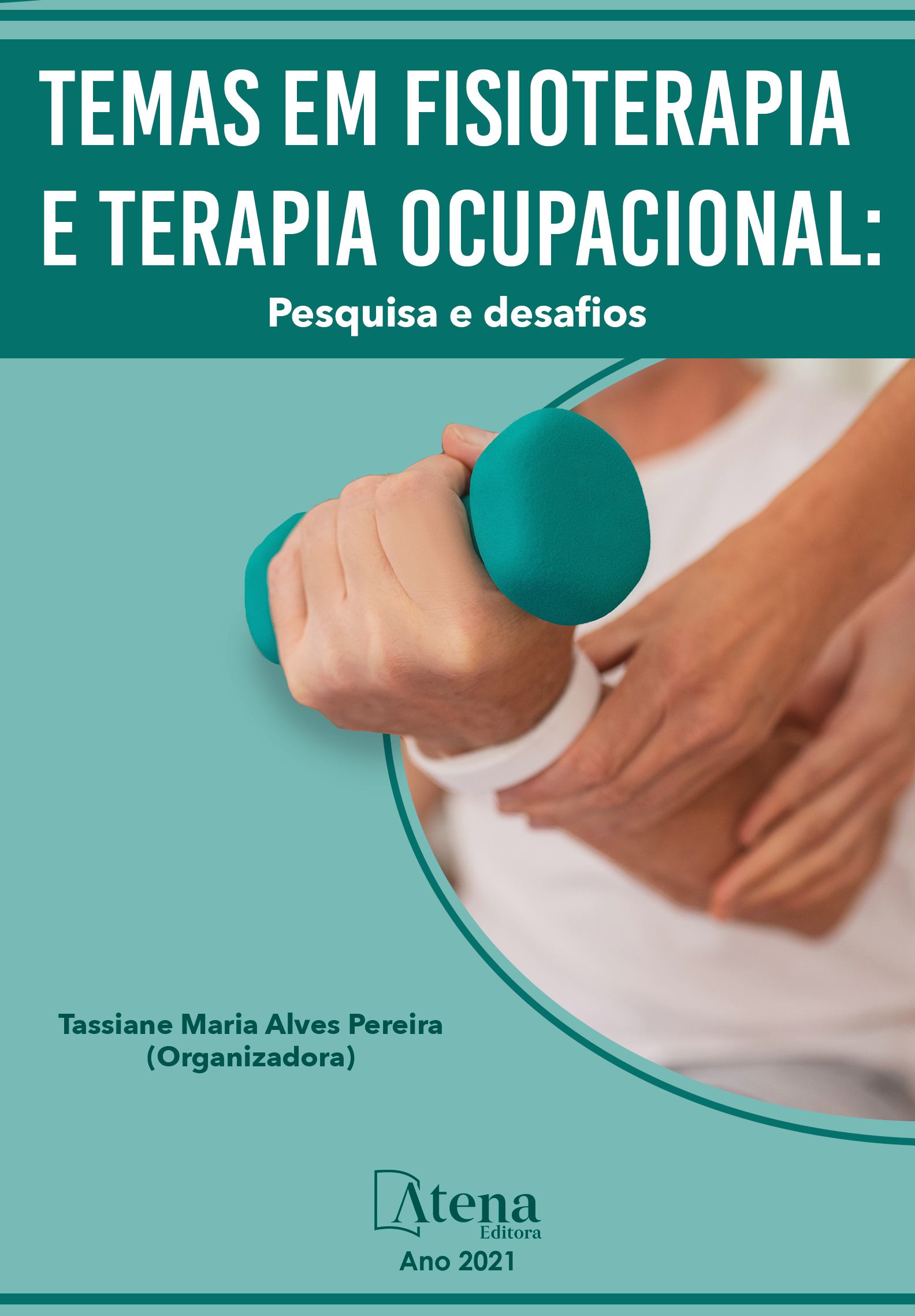
ALTERAÇÕES DAS RESPOSTAS VENTILATÓRIAS E QUIMIORREFLEXAS EM PACIENTES COM INSUFICIÊNCIA CARDÍACA: REVISÃO DA LITERATURA
A Insuficiência Cardíaca (IC) é uma síndrome caracterizada pela incapacidade do coração em bombear sangue e oxigênio adequadamente para os tecidos. Pacientes com IC apresentam maior ventilação para determinada carga de trabalho, o que gera baixa eficiência e maior produção de gás carbônico. O quimiorreflexo é o principal mecanismo de controle das respostas ventilatórias às mudanças de concentração de oxigênio e gás carbônico arteriais. Assim, o objetivo desse estudo foi realizar uma revisão da literatura sobre as alterações das respostas ventilatórias e quimiorreflexas em pacientes com IC e o efeito dessas alterações sobre a capacidade ventilatória desses pacientes. Para tanto, foi realizado um levantamento bibliográfico utilizando as bases de dados PubMed, LiLacs e SciELO. Os critérios de inclusão foram ensaios clínicos, estudos observacionais e estudos de casos e artigos escritos nas línguas portuguesa, inglesa e espanhola. Os critérios de exclusão foram estudos incompletos ou não disponíveis na íntegra, estudos realizados em animais, teses e monografias. A maioria dos estudos mostrou que, independente das características clínicas e o tipo de IC, o equilíbrio autonômico é mantido por uma intensa interação entre o quimiorreflexo central e periférico e outros reflexos cardiopulmonares. Contudo, na IC esse controle se altera, com aumento na atividade do quimiorreflexo central e periférico, o que se correlaciona com a gravidade da doença. Isso contribui para a progressão e mal prognóstico da IC. Portanto, conclui-se que a IC aumenta a sensibilidade do quimiorreflexo central e periférico, o que contribui para um desbalanço autonômico e um controle ventilatório anormal nestes pacientes. Assim, o treino muscular e cardiorrespiratório pode permitir uma melhora progressiva da doença e das atividades de vida diária para os indivíduos com IC.
ALTERAÇÕES DAS RESPOSTAS VENTILATÓRIAS E QUIMIORREFLEXAS EM PACIENTES COM INSUFICIÊNCIA CARDÍACA: REVISÃO DA LITERATURA
-
DOI: 10.22533/at.ed.9442118062
-
Palavras-chave: Insuficiência Cardíaca. Quimiorreflexo. Ventilação. Sistema Nervoso Autônomo.
-
Keywords: Heart failure. Chemoreflex. Ventilation. Autonomic Nervous System.
-
Abstract:
Heart failure (HF) is a syndrome characterized by the inability of the heart to pump blood and oxygen properly to the tissues. Patients with HF have greater ventilation for a given workload, which generates low efficiency and greater production of carbon dioxide. The chemoreflex is the main mechanism for controlling ventilatory responses to changes in the concentration of arterial oxygen and carbon dioxide. Thus, the aim of this study was to perform a literature review on changes in ventilatory and chemoreflex responses in patients with HF and the effect of these changes on the ventilation capacity of these patients. To this end, a bibliographic survey was carried out using the PubMed, LiLacs and SciELO databases. The inclusion criteria were clinical trials, observational studies and case studies and articles written in Portuguese, English and Spanish languages. The exclusion criteria were incomplete studies or not available in full, studies carried out on animals, theses and monographs. Most studies have shown that, regardless of clinical characteristics and type of HF, autonomic balance is maintained by an intense interaction between the central and peripheral chemoreflex and other cardiopulmonary reflexes. However, in HF this control changes, with an increase in the activity of the central and peripheral chemoreflex, which correlates with the severity of the disease. This contributes to the progression and poor prognosis of HF. Therefore, it is concluded that HF increases the sensitivity of the central and peripheral chemoreflex, which contributes to an autonomic imbalance and an abnormal ventilatory control in these patients. Thus, muscle and cardiorespiratory training can allow a progressive improvement of the disease and activities of daily living for individuals with HF.
-
Número de páginas: 15
- Isadora Ibrain da Freiria Furquim
- Marina de Toledo Durand


